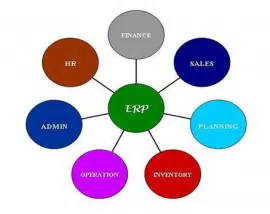While catching up on my winter backlog of ACM Communications magazines, I stumbled across an interesting article entitled “ERP II: best practices for successfully implementing an ERP upgrade” by Beatty & Williams from Northern Illinois University. It covered success factors for businesses looking to leverage their initial investment in ERP by adding ‘second wave’ capabilities to their system – sometimes called ERP II projects.
The top success factors should hold no surprises to those who have been involved in any substantial ERP projects, but sometimes it’s worth revisiting the fundamentals before leaping into a new project:
- Focus the Business Case on new Functionality, not Cost Savings – the initial business case for ERP will almost certainly have been based on significant cost savings, so the case for the second wave will be more compelling if based on new functionality, such as web portals, Customer Relationship Management (CRM) and business analytics.
- Treat it Like a Project – according to Beatty & Williams, typical second wave projects cost 18-30% of the initial implementation, and so deserve the full project treatment.
- Team Continuity – the time and cost to implement second wave projects will be much less if you can keep the original team together, after all, they’re the ones with all the hard won inside knowledge about how the business and system work together
- It’s Still a Business Project – the second wave projects require full support of the business unit(s) that own the ERP system, and will be responsible for implementing the new functionality. If they’re not on board, consider delaying the project
In my next post, I’ll cover the final 4 recommendations …







